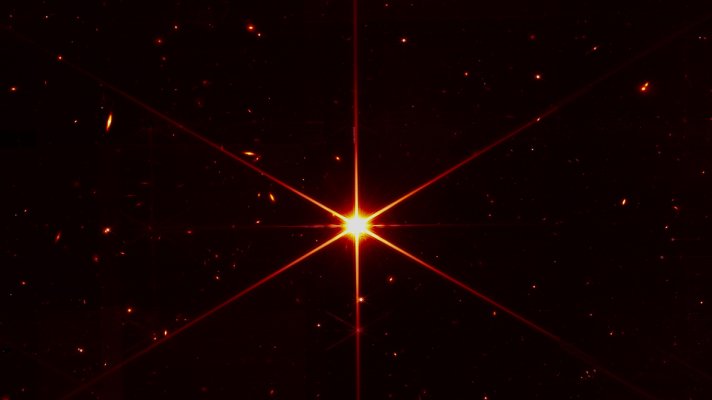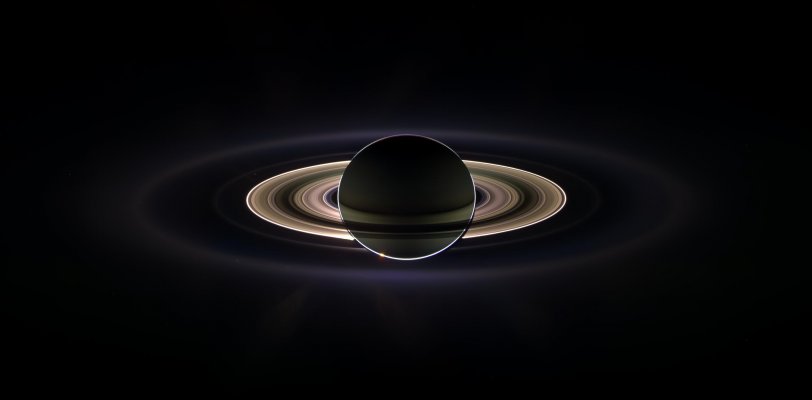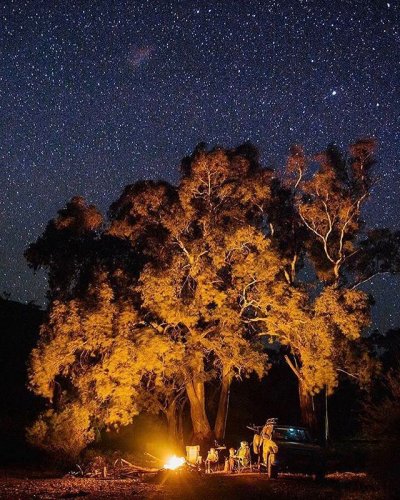Red Supergiant Star Betelgeuse Was A Different Color Just 2,000 Years Ago
Today, it's on the brink of death: a huge, red ball of flame, glaring like a baleful, bloodshot eye before it winks out into a tiny pinprick of degenerate matter.
But red supergiant Betelgeuse was not always this way. Once upon a time, the star was a main-sequence monster – a blue-white O-type star, the most massive stellar weight class, fusing hydrogen like it was going out of style. As it reached the end of this live-fast-die-young lifestyle, it would have turned a more golden hue. And now astronomers have figured out how recently this was. ...
According to a review of observations of the star dating back to antiquity, it would have been yellow-orange in hue around 2,000 years ago. The transition to its current ruddy shade happened in the cosmic blink of an eye, even for a star with as short a lifespan as Betelgeuse. ...
But measuring the duration of this transition isn't just to satisfy idle curiosity. It has allowed an international team of scientists led by astronomer Ralph Neuhäuser of Friedrich Schiller University Jena in Germany to make a new estimate of the star's age – which, in turn, has given us a new timeline for its inevitable supernova. ...
Humans have been recording the sky for millennia… and those ancient texts, Neuhäuser and his colleagues surmised, could contain the answer.
They scoured historical records looking for references to the star. And they found them. Two millennia ago, ancient astronomers were referring to Betelgeuse as yellow.
In 100 BCE, in his Treatise on the celestial offices, Han Dynasty court astrologer Sima Qian described the star as being yellow in hue. Sirius, by contrast, was described as white, Bellatrix as blue, and red supergiant star Antares was described as… well, red.
If Betelgeuse was the same color, surely it would not be described as yellow. ...
Then, around 100 years later, along came Roman scholar Hyginius, author of a work titled De Astronomia. ...
"The Sun's star… body is large (i.e. bright), and color/coloration fiery/burning; similar to that star which is in the right shoulder of Orion (i.e. Betelgeuse)… Many have said that this star is (the star) of Saturn…"
This is an even more solid example – the color of Betelgeuse compared to the color of the Sun, and of Saturn, which appears more tawny than red. Other stars described by these observers are given accurate hues, the researchers say, paying special attention to descriptions of Antares, red giant Aldebaran, and red giant Arcturus, all described as red.
The changing color of Betelgeuse can be traced. By the 16th century, according to observations by Danish astronomer Tycho Brahe, Betelgeuse was redder than Aldebaran. Today, it is redder still, closer in hue to Antares ...
This transition, and the time it took, gave the researchers a parameter with which to estimate Betelgeuse's current age, and how long it has left before it goes kaboom. ...
"The very fact that it changed in color within two millennia from yellow-orange to red tells us, together with theoretical calculations, that it has 14 times the mass of our sun – and the mass is the main parameter defining the evolution of stars," Neuhäuser explains.
"Betelgeuse is now 14 million years old and in its late evolutionary phases. In about 1.5 million years, it will finally explode as a supernova." ...





